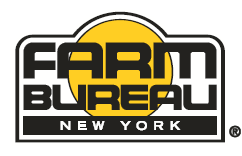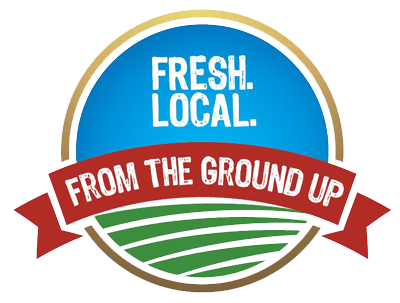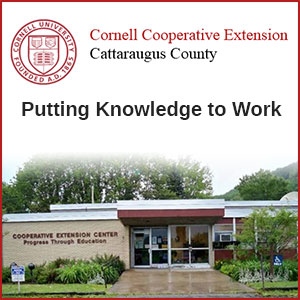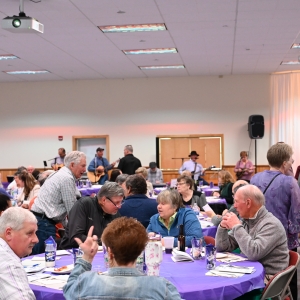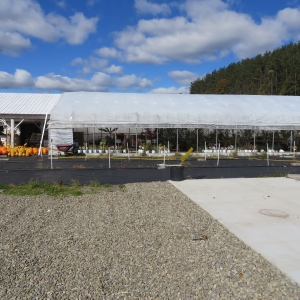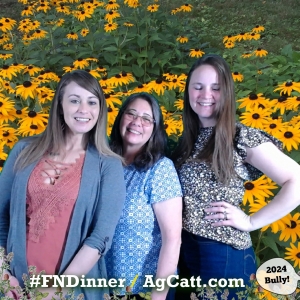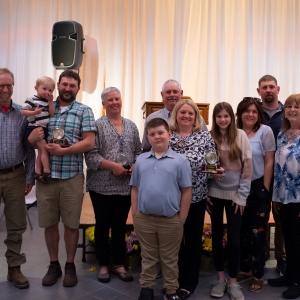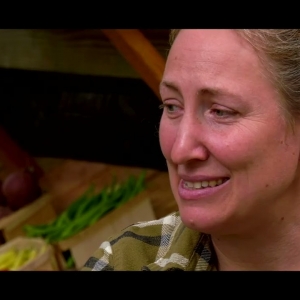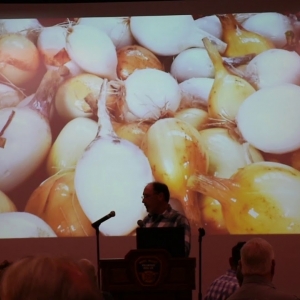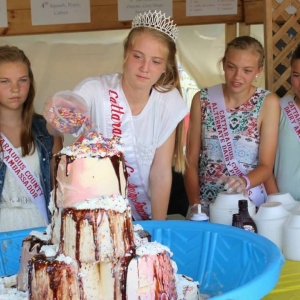Other Ag News: Fungi on the Farm: Small Farms Radio Explores Indoor Mushroom Production
What does it take to grow mushrooms indoors? To answer this question, our agroforestry and mushroom specialist, Connor Youngerman, takes podcast listeners on a tour of Queens, venturing into nondescript buildings and ducking into basement hatches to discover the innovative world of indoor mushroom production. On the most recent episode of Small Farms Radio, Youngerman learns how some growers in the big city are producing mushrooms from “spore-to-table” and every step in between.
Small Farms Radio · Episode 6 – Fungi on the FarmThe first stop was to meet Louis Vassar, a self-described amateur mycologist. Youngerman met him at Biotech without Borders, a community biology lab in Long Island City, Queens. This unassuming building serves as a “makerspace” for microbiologists. Vassar uses tools and techniques from microbiology to produce mushroom spawn, the foundational material used to inoculate substrates to grow mushrooms. Spawn are clones of existing strains of mushroom mycelium. Vassar works under a flow hood, which creates a sterile bubble to keep competitors in the air away from the freshly made spawn and substrate. The spawn created in Vassar’s lab are sold and used by small-scale mushroom growers.
In the next step of his journey, Youngerman met Smita and Ithu Chakma, owners of Big Apple Fungi in Forest Hills, Queens. He followed them down a basement hatch to find a space alive with racks of inoculated mushroom blocks and a multitude of different varieties of fruiting mushrooms in climate-controlled tents. Together, the Chakmas produce 250 to 300 pounds of mushrooms every week, focusing on varieties rarely seen in grocery stores.
The final stop is Cam’s Urban Farm, a compact and efficiently designed basement grow operation run by Cam Bremner. As the solo operator, Bremner has engineered his setup to maximize output using minimal space. He walks Youngerman through his streamlined process, from producing spawn to selling mushrooms directly to local restaurants.
“I can grow 300 pounds of mushrooms a week out of 850 square feet of space, that kind of output is just completely unheard of in any [other] farming,” Bremner said. He views urban farming as a core principle of his work and he believes it is the future of agriculture.
“Every single farm that I visited is different and there’s so much creativity that gets embedded into every step in growing mushrooms,” Youngerman told podcast host Jamie Johnson as he reflected on his trip to Queens. “I came away just in awe of how creative and diverse and accessible mushroom farming can be — and that delights me.”
If you’re curious about growing mushrooms yourself, visit the Cornell Small Farms Program’s Specialty Mushrooms project page. It is a clearinghouse for mushroom resources, PDF guides, and online courses.
Youngerman also has some advice for beginning mushroom growers. Before diving into full-scale production, first try a ready-to-fruit block. See if you enjoy growing mushrooms and, more importantly, eating them.
The post Fungi on the Farm: Small Farms Radio Explores Indoor Mushroom Production appeared first on Cornell Small Farms.
Signup for the Ag Newsletter
Get the freshest farm news, events and updates from in and around Cattaraugus County, NY at least once a month! Go signup!
Other ways to stay connected:
Get Involved in Farming
Resources for Starting a Farm in Cattaraugus County
Profile of Cattaraugus County soils
Agriculture Career Exploration
Questions about farming? Find out Who to Call

